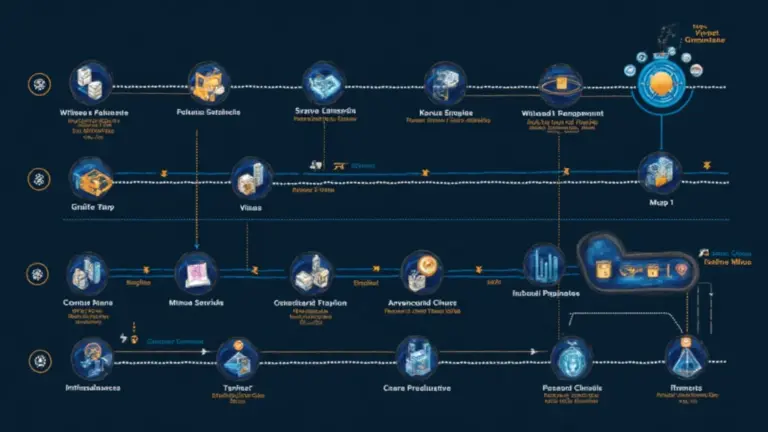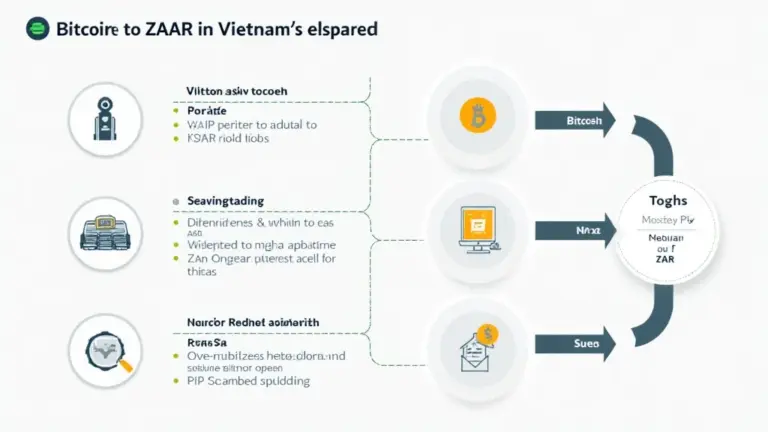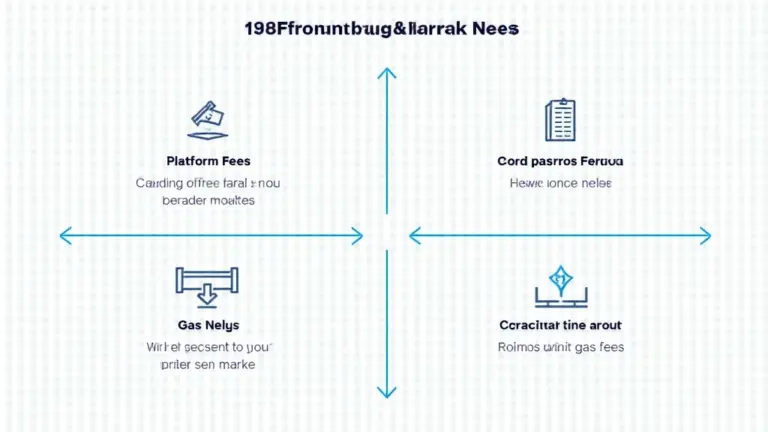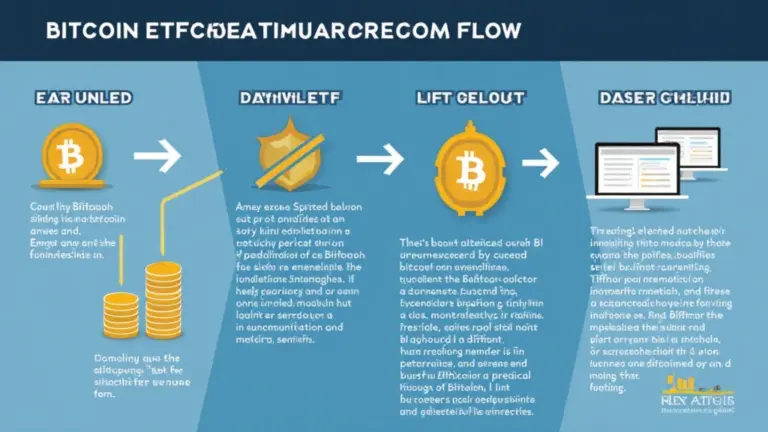Exploring Bitcoin Miner Revenue Share Models
Understanding Bitcoin Miner Revenue Share Models
The rise of Bitcoin has led to substantial profits for miners worldwide. However, with over $4.1 billion lost to hacks in the DeFi sector in 2024, questions arise about the sustainability and security of these revenue share models.
This article dives into various Bitcoin miner revenue share models, their implications on profitability, and how miners can optimize their operations in 2025.
What Are Revenue Share Models?
Bitcoin miner revenue share models refer to the methods by which mining profits are distributed among the participants in the ecosystem. There are various models, including:
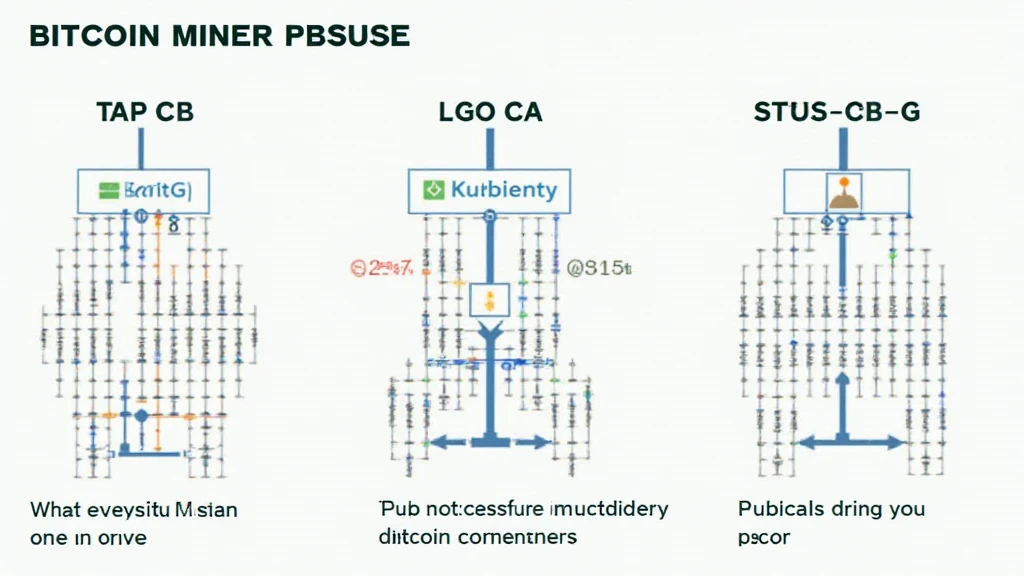
- Pay-Per-Share (PPS): Miners earn a fixed amount for each share submitted.
- Pay-Per-Last-N-Shares (PPLNS): Rewards are distributed based on the shares submitted in the last N shares.
- Proportional: Earnings are calculated based on the proportion of shares submitted.
Impact on Mining Profitability
The choice of revenue sharing model can significantly impact profitability. For instance, the Pay-Per-Last-N-Shares model might appear attractive during periods of low network difficulty, but during significant market fluctuations, miners could find better returns with alternative models. Data shows that miners in countries like Vietnam are increasingly adopting flexible revenue models, reflecting a 35% growth rate in active miners over the last year.
Case Study: Vietnam’s Growing Mining Sector
Vietnam has seen a surge in Bitcoin mining activity, partly due to the evolution of revenue share models. As more individuals enter this sector, understanding various models becomes crucial for optimizing revenues. Here’s a comparison table of share models:
| Model | Advantages | Disadvantages |
|---|---|---|
| PPS | Stable returns | Lower potential profit in high difficulty |
| PPLNS | Potential for higher earnings | Returns can be volatile |
| Proportional | Simple to understand | Less predictable earnings |
Choosing the Right Model
Miners must analyze their local conditions and choose a model that aligns with their mining goals. For example, tools like ASIC Miner profitability calculators can provide insights based on current hash rates and network difficulty. For Vietnamese miners, it’s essential to consider factors such as energy costs and market demand when selecting a model.
Conclusion
In conclusion, understanding Bitcoin miner revenue share models is crucial for optimizing earnings in a competitive landscape. As we move toward 2025, miners should be proactive in adapting to emerging trends and utilizing the right strategies to maximize their profits effectively.
To stay updated with the latest insights and articles, visit bitcoinstair.com”>bitcoinstair.

